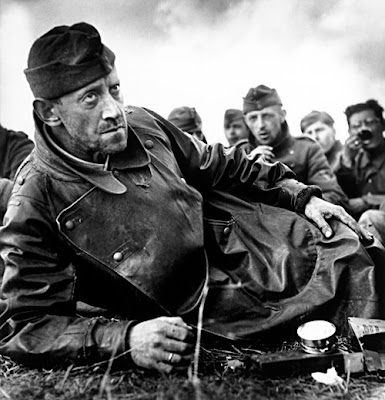Application
Portraiture is when a photographer generally takes a picture of just one person, although it can sometimes contain more than one person. The foreground may be important but a portrait can also show some significance in the background. A majority of portraits are of royalty or parliament.
This painting of Henry VIII from the Tudor period is one of the first examples of portraiture.
This is an example of a modern day portrait.
Contexts
Portraiture has changed throughout the years. In the early years, portraiture used to consist of paintings. These days though, photographers take the pictures. Portraits are found in every day life. Even bank notes feature portraits, such as the Queen's face on the UK currency. Many families will have portraits of themselves take up to be featured in the comfort of their homes. Galleries are a great place to find portraits of people. A majority of portraits will feature the persons face and nothing else although some portraits contain other parts of the body (like from the shoulders up) Social networking sites such as Facebook have proved to show that the whole world uses portraiture for their profile pictures.
Techniques
Many different photographers have used the technique of portraiture in their own unique style. Some of these include Diane Arbus, Walker Evans, Richard Avedon, Tony Vaccaro, and Larry Clark.
Diane Arbus was one of the most notable photographers. She spoke openly of what she could do with photography, somewhere that others would not venture into. Arbus was a curious individual who wanted to be herself through photography. She was given the prilivege to photograph the Matthaei family. She even spent time with their children to get to know them better so that she could take some more natural portrait shots. The whole mood soon changed when the Vietnam War began. Arbus used this change of mood to find different emotions. Despite a successful career, she ended her own life in 1971.

Diane Arbus
Despite celebrities coming across as being pre-packaged, Tony Vaccaro changed that emphasis. He was a firm believer in the saying 'the person behind the mask'. He took portraits of his own interpretation of the subjects. His 1968 portrait of Picasso is recognised by the whole world.
Larry Clark was well known for his images, many of which would not be able to be shown today for their extensive depiction of nudity and drug use. These were pictures of his life and were eventually published into the novel Tulsa, released in 1971.

.
Two images from Clark's first book Tulsa (1971)






